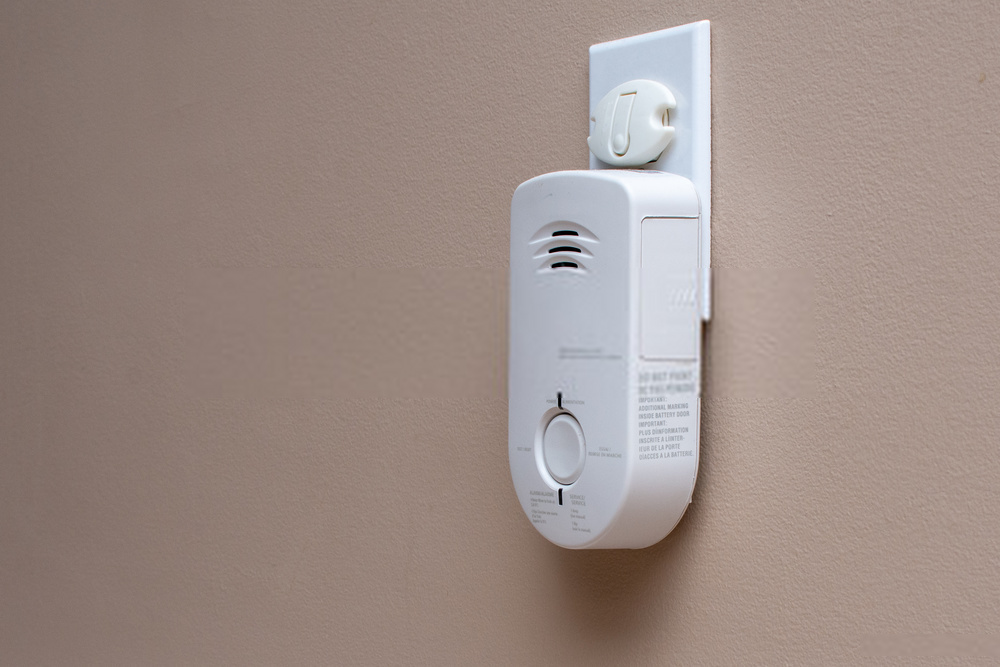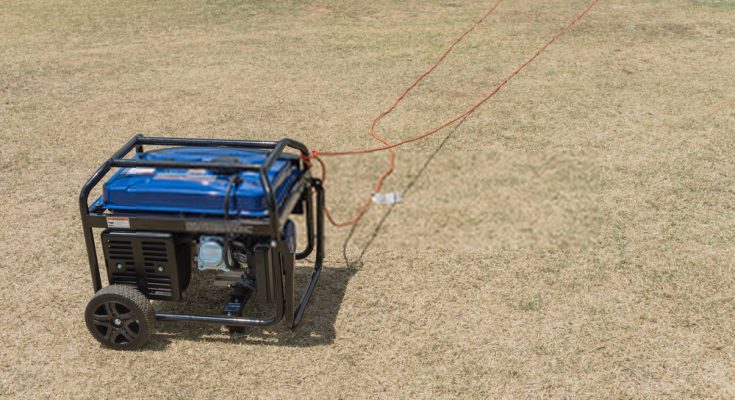Generators belong outdoors, as distant as possible from any dwelling, including those of your neighbors. So how far away from the house does a generator need to be?
According to the generator experts, the generator should be at least 20 feet away from the house, and exhaust should always be directed away from any occupied space.
One might find it hard to digest but according to the chairman of the Consumer Product Safety Commission (CPSC) Hal Stratton, “The amount of CO from one generator is equivalent to hundreds of idling cars.” And CO is fatal.
How close is too close?
Between 1991 and 2011, CPSC reported at least 700 people died from breathing generator exhaust. Carbon monoxide is a poisonous, odorless gas that kills in minutes.
NIST (National Institute of Standards and Technology) report revealed that placing a generator 15 feet away from your house may not be a sufficient distance to keep the deadly gas out.
The researchers also found out that even slow-speed wind or lack of wind altogether can increase the risk. This leads to the carbon monoxide lingering near the house, allowing more opportunity for the gas to enter.
Built-in CO Safety Technology
Many new generator models in the market are now featuring a device that can detect dangerous levels of carbon monoxide, shutting down the unit whenever levels climb too high.

Following are some of the symptoms of carbon monoxide poisoning:
- Dull headache
- Dizziness
- Nausea or vomiting
- Weakness
- Shortness of breath
- Loss of consciousness
- Confusion
- Blurred vision
If you are planning to buy a generator, go for the one with a built-in sensor that triggers an automatic shutoff when the gas builds up to alarming levels in an enclosed space. If possible, finding a generator that emits less CO in the first place will be great.
Outdoor Generator Placement Risks
CPSC acknowledges that placing the generator outside poses the risk of electroshock. Portable gasoline-powered generators are not constructed to allow their use outdoors during extreme weather conditions.
This might create confusion for users, who cannot place their units indoors because of the high amount of carbon monoxide emitted by the gasoline engine.
Weatherproofing portable-engine generators might look like an attractive strategy in such cases to eradicate the confusion and potential for electroshock associated with outdoor use.
It’s the owner’s responsibility to keep their generators dry, which is no doubt a difficult position to be in during a hurricane. A canopy-like cover along with enough ventilation for engine cooling can be one option.
Conclusion
Generators are an amazing source of power in extreme weather situations or in places where outages are an everyday thing. However, being careless and ignoring the safety precautions while handling these machines can even cost one his life.
That is why it’s crucial to equip yourself with all the information that’s needed to operate them and follow various guidelines to keep yourself and your loved ones safe.
We really hope you gained some value from our article. Hit a comment down below if you have any queries! We’ll be glad to help you.

